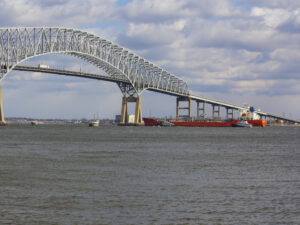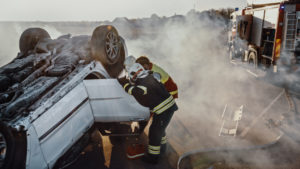
This article is brought to you by the New York accident lawyers at Markhoff & Mittman P.C. | The Disability Guys
First-of-Its-Kind Worker Fatality Prosecution
A construction supervisor in Westchester County faces criminally negligent homicide charges following the death of a worker in a 2021 trench collapse in Mamaroneck. This is the first time in the county’s history that a contractor has been criminally charged for a workplace fatality. The incident occurred when a 9-foot-deep trench caved in, burying worker Jose Vega during a mansion construction project. Prosecutors allege that site supervisor Michael Conway failed to implement safety measures that could have prevented the collapse.
Safety Concerns and Community Impact
This case highlights ongoing safety concerns, particularly in construction sites with vulnerable workers. Advocates like Marco Bohorquez from Mamaroneck’s Community Resource Center emphasize the pressure workers face to continue in unsafe conditions. “They feel pressure to work unsafely,” said Bohorquez, underscoring the need for greater oversight. District Attorney Mimi Rocah emphasized the importance of holding employers accountable, stating that safety rules are meant to prevent such tragedies.
Defense and Legal Proceedings
Conway’s attorney, Richard Ferrante, disputes the charges, arguing that Conway was not responsible for supervising the site at the time. Conway was released on $25,000 bond and maintains that the collapse was a tragic accident, not a criminal act.
The Prevalence of Trench Collapse Incidents
Trench collapses remain a serious risk for construction workers in New York and nationwide. According to the Occupational Safety and Health Administration (OSHA), trench-related fatalities have been alarmingly common in recent years. In 2022 alone, there were over 30 documented trench collapse deaths nationwide, with several occurring in New York.
Between 2016 and 2021, New York saw a steady increase in reported trench collapses, particularly in urban and suburban construction sites. Data indicates that on average, about 1-2 workers per year lose their lives in trench-related incidents within the state. This is despite existing safety regulations requiring protective systems for trenches deeper than five feet.
OSHA has noted that many of these incidents are preventable, often involving failure to follow proper safety protocols. Violations such as inadequate shoring, lack of protective trench boxes, and failure to inspect trench conditions are commonly cited as contributing factors.

Markhoff & Mittman, P.C. | The Disability Guys
120 Bloomingdale Rd #403
White Plains, NY 10605
A Critical Moment for Worker Safety
This prosecution could set a new precedent for workplace safety accountability, especially in high-risk industries like construction. The case sends a strong message that negligence will not be tolerated when worker lives are at stake.
At Markhoff & Mittman PLLC, we recognize this case as a pivotal moment in holding employers accountable for workplace safety. The tragic loss in this incident highlights the urgent need for stricter enforcement. Our firm is dedicated to advocating for workers’ rights and ensuring those responsible for unsafe conditions are held accountable. Contact us today for more information or call us at 866-305-0251.
Source
Mamaroneck contractor charged with homicide for construction worker’s death in 2021 trench collapse

Brian Mittman, the Managing Partner and Owner at Markhoff & Mittman, P.C., embodies the spirit of "An Unexpected Legal Experience" in both his personal and professional life. With unwavering dedication, Brian tirelessly advocates for the rights of injured and disabled individuals in New York.








